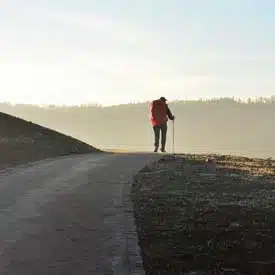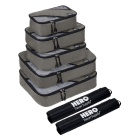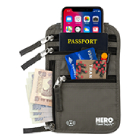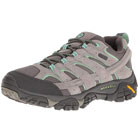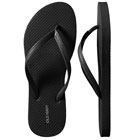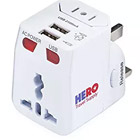The Camino is a journey like no other, and its deeply-entrenched spiritual history is remarkable. Many pilgrims follow the Camino each year hoping to deepen their own religious or spiritual connections.
Because this is usually a trip that involves backpacking, it can be quite hard to know how to pack if you’ve never done it before. I’ve put together a guide to help you decide what to wear on the Camino de Santiago, what NOT to bring, and many other FAQs to make your pilgrimage safe and enjoyable.




